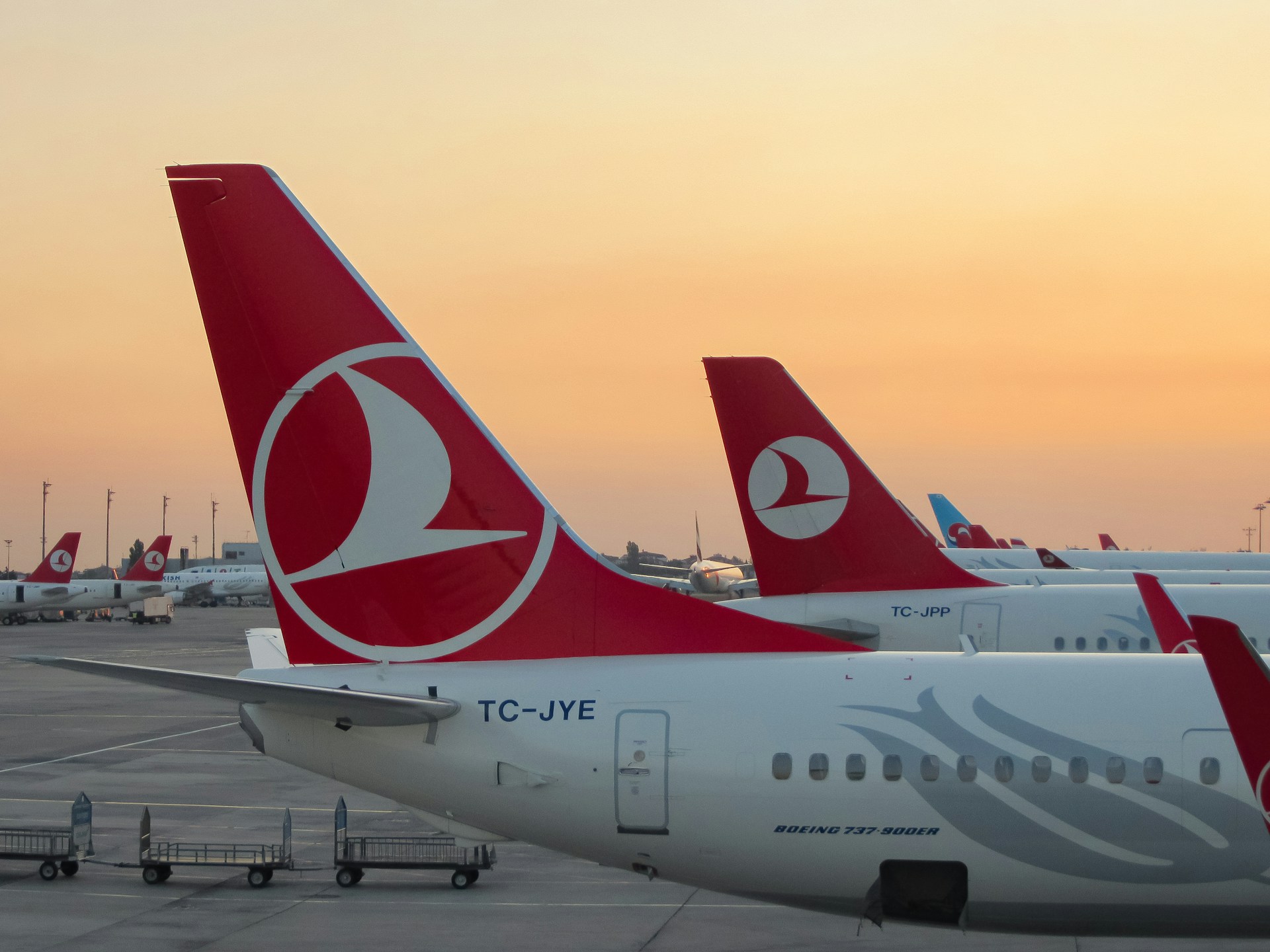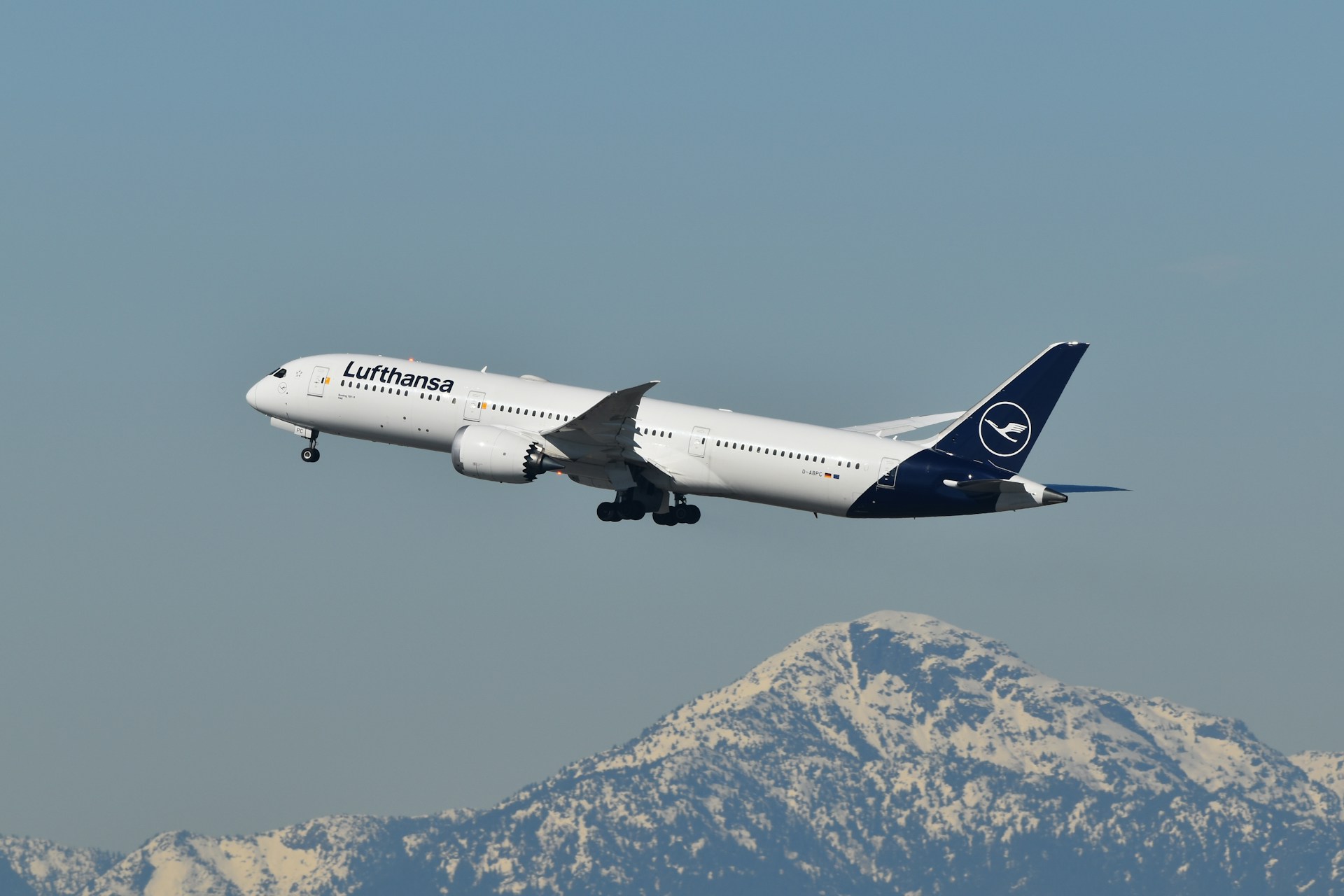Turkish Airlines Turns Istanbul into a Global Mega-Hub
Key Takeaways
- Turkish Airlines has transformed Istanbul Airport into one of the world’s largest aviation hubs, linking more than 340 destinations across six continents.
- Its geographic position between Europe, Asia, and Africa allows the carrier to capture lucrative transfer traffic and reduce flying times on intercontinental routes.
- With a 200 million annual passenger capacity, Istanbul Airport positions Turkish Airlines to challenge Gulf carriers such as Emirates and Qatar Airways.
- The hub-and-spoke model delivers stronger profit margins than point-to-point strategies, particularly on long-haul flights.
- Turkish Airlines’ network breadth and connectivity give it a competitive edge over both traditional European legacy carriers and Middle Eastern rivals.
Istanbul: The Crossroads of Global Air Travel
Turkish Airlines has executed one of the most successful hub transformations in modern aviation, placing Istanbul Airport firmly among the world’s top global gateways. Located at the intersection of Europe, Asia, and Africa, the airline leverages its position to provide seamless same-day connections between markets that once required multi-stop itineraries.
Within a four-hour flight radius of Istanbul lies a market of 1.5 billion people—a geographic advantage few airlines can match. This proximity allows Turkish Airlines to offer shorter total journey times than many Gulf or European rivals, capturing travelers seeking efficiency and affordability.
Infrastructure Built for Scale
Opened in 2019, Istanbul Airport was designed with growth in mind. Its annual passenger capacity of 200 million dwarfs most European airports and gives Turkish Airlines unmatched freedom to expand. Unlike congested hubs in London, Paris, or Frankfurt, Istanbul still has room for network growth without bottlenecks.
Operationally, the airport is optimized for connections, with minimum transfer times as short as 45 minutes for international passengers. This efficiency strengthens Turkish Airlines’ proposition to transfer passengers, who prize speed and convenience when choosing connecting hubs.
Competitive Edge Against Gulf Carriers
For years, carriers like Emirates, Qatar Airways, and Etihad dominated the long-haul transfer market. Turkish Airlines has now emerged as a serious competitor, using its European identity and EU market access as unique advantages.
Unlike Gulf carriers that rely heavily on sixth-freedom traffic, Turkish Airlines can combine EU traffic rights with global connections, giving it broader market reach. Moreover, some passengers prefer Istanbul as a European hub rather than routing through Middle Eastern airports.
This combination of European access, geographic positioning, and massive hub capacity allows Turkish Airlines to rival Gulf carriers while offering a distinctive customer proposition.
Profitability Through the Hub-and-Spoke Model
Turkish Airlines’ success lies in its hub-and-spoke strategy. By funneling traffic from hundreds of smaller “spoke” cities into Istanbul, the airline can fill wide-body aircraft bound for long-haul destinations.
This model produces higher load factors, better aircraft utilization, and stronger yields compared to point-to-point networks. Transfer passengers, in particular, are willing to pay a premium for shorter journey times and reliable one-stop connectivity, strengthening profitability across the long-haul network.
Looking Ahead: Africa and Asia Expansion
Future growth for Turkish Airlines lies in underserved regions, particularly Africa and secondary Asian markets. These areas remain underpenetrated by European legacy carriers, yet Istanbul’s location makes them easily accessible with one-stop connections.
As trade and tourism flows between Europe and Asia continue to expand, Turkish Airlines is uniquely positioned to capture outsized market share through its mega-hub.
FAQs
How many destinations does Turkish Airlines serve?
Turkish Airlines connects to over 340 destinations worldwide, making it the airline with the most international destinations globally.
What is Istanbul Airport’s passenger capacity?
The airport has a 200 million annual passenger capacity, one of the highest in the world, giving Turkish Airlines significant room to grow.
Why is Turkish Airlines’ location an advantage?
Istanbul lies within four hours of 1.5 billion people, making it an ideal hub for connecting traffic between Europe, Asia, and Africa.
How does Turkish Airlines compete with Gulf carriers?
By combining EU market access, geographic positioning, and large-scale hub operations, Turkish Airlines competes with Gulf carriers while offering a European alternative for transfer passengers.
What markets are Turkish Airlines targeting for future growth?
The airline is focused on expanding into Africa and Asia, where competitors have limited presence and Istanbul offers a cost-effective hub advantage.
✈️ Bottom line: Turkish Airlines’ mega-hub strategy has reshaped global aviation. By leveraging Istanbul’s location, massive infrastructure, and a hub-and-spoke model, the airline has positioned itself as a dominant global connector—and a powerful challenger to Gulf and European rivals.
.zip%20-%201.PNG)



